ROOM: The Space magazine is one of the prominent magazines on space exploration, technology and industry. At ROOM, we share a common objective – advancement of peaceful space exploration for the benefit of humankind, all while bringing you throughly researched articles on an array of trending topics. Our authors include researchers and industry leaders from all over the world, which lets us bring you the newest and detailed information about sputnik space satellite.
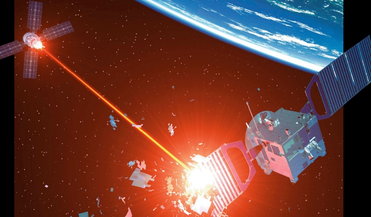 June 2022
Military space – how worried should we be?
June 2022
Military space – how worried should we be?
...satellites, even though Sputnik used a rocket initially designed as an intercontinental ballistic missile and Explorer the A-4 derived Redstone. Ironically, it was a General, also President, Eisenhower who insisted on keeping a blue sea between ‘military’ space and ‘civilian’ space... practice ‘Dual-use’ presents a problem in the analysis of military space - satellites that could be used for military and/or civilian purposes, principally for ...
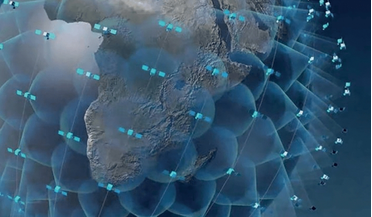 May 2017
Future space applications and their regulatory needs
May 2017
Future space applications and their regulatory needs
..., and so they became known as satellites. An incvreasing number of satellite constellations in coming years will need focused and specific global traffic magaement rules. Once Sputnik was launched, for several years, objects...increasingly limited orbital slots, spectrum, and their own place in space. Satellites, invisibly embedded in many aspects of our modern lives, are our servants in space. This will only increase in the future and so we must...
 April 2021
Space wars - how they start and how to end them
April 2021
Space wars - how they start and how to end them
The world has come a long way since the first artificial satellite, Sputnik, was launched in 1957. The entire planet now depends on space for economic, military, diplomatic and civilian uses and it is hard to ...carrier battle groups many thousands of miles away without long-range satellite communications; space-based surveillance to detect approaching threats; weather satellite forecasting of sea states and cloud cover over potential targets; and...
 June 2022
Finnish start-up ReOrbit aims to revolutionise space industry
June 2022
Finnish start-up ReOrbit aims to revolutionise space industry
...software focused. The problem with the way satellites have been developed since Sputnik (taking the hardware-first approach) is the inability for a satellite to change its architecture from mission to ...distributedness’. If communications between computers could be achieved on Earth, why could it not be achieved for satellites in space? Reflecting the rapid growth in technological change, today’s smartphones are light years ahead of NASA computers ...
 February 2020
Preserving our space heritage
February 2020
Preserving our space heritage
...that we would wish to preserve as important parts of our space heritage in some kind of space museum? Save our satellites Scientific satellites such as the Hubble Space Telescope (HST) have contributed enormously to our understanding of ... - the fate that befell Sputnik in 1958, for instance - or because they’re still in orbit around the Earth, or sitting on other celestial bodies. London s Science Museum s Space Descent VR exhibit uses state-of-...
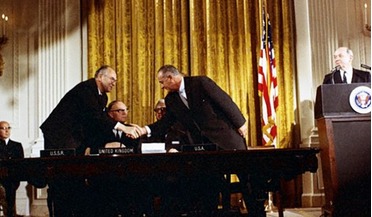 July 2019
Who owns outer space?
July 2019
Who owns outer space?
...propellant for rockets and supply water for human crew. Although it has successfully launched two test satellites into Earth orbit, funding difficulties and subsequent acquisition by blockchain company Consensys has stalled its ...called an “ideological charter for the Space Age”, having come into force in 1967 amidst the tense atmosphere of the Cold War. According to lawyer and scholar, Carol R Buxton, the launch of Sputnik in 1957 sent “waves of ...
 July 2020
Pandemic in space – are we ready?
July 2020
Pandemic in space – are we ready?
... clear-cut obligations and guidelines for states and space operators is essential for the long-term sustainability of space activities Immediately after the launch of Sputnik 1, over six decades ago, scientists and diplomats... met at the UN to discuss not only the regulation of space activities, but also how to...
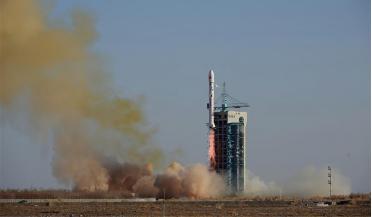 October 2023
Remote sensing by satellite - People’s Republic of China
October 2023
Remote sensing by satellite - People’s Republic of China
...18 March 2021, probably after an accidental collision with space debris. Yunhai 2 is a constellation of military meteorological satellites. The satellites reportedly use Global Navigation Satellite System Radio Occultation to collect atmospheric data for weather ...research of the Earth’s land, sea, gravity and magnetic field. These satellites will form a space-based Earth observation network to conduct both basic Earth surveys and detailed surveys...
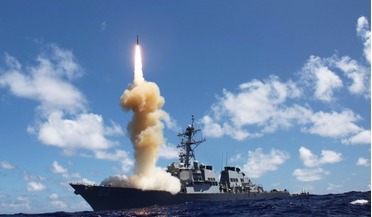 February 2017
Protecting our space interests
February 2017
Protecting our space interests
...States during the Cold War, most actors in outer space, space agencies and commercial satellite operators, realise today that our use of outer space since 1957 has been rather careless of its long... as a weapon simply by being directed at another spacecraft. Neither do weapons need to be based in space to present a threat to orbiting operational satellites. Ground-based weapons can also be used, as the 2007 Chinese ASAT test against a spacecraft...